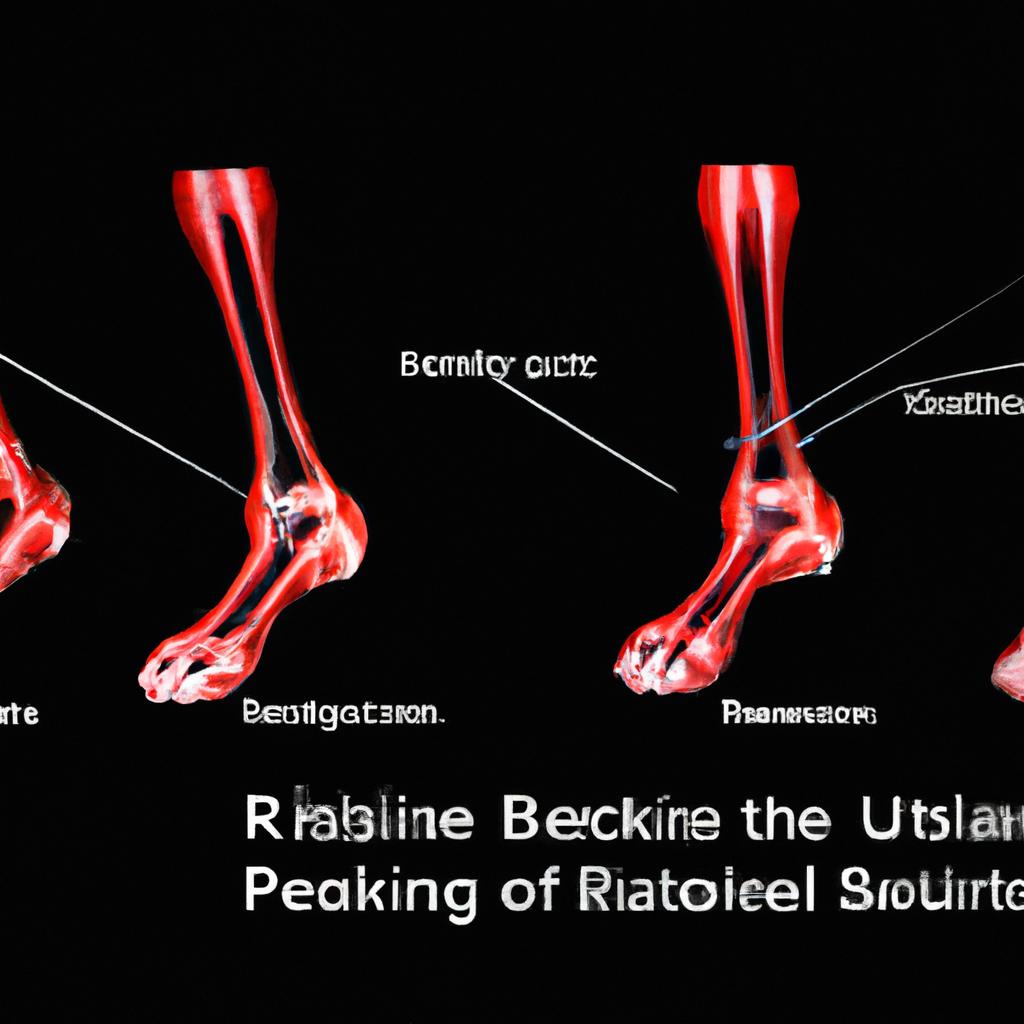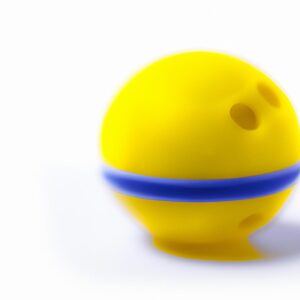Biomechanics of Running: Analyzing the Impact of Foot Strike Patterns on Performance and Injury Prevention
# Biomechanics of Running: Analyzing the Impact of Foot Strike Patterns on Performance and Injury Prevention
Running is one of the most popular forms of exercise, celebrated for its simplicity and accessibility. However, the mechanics behind running can significantly influence both performance and the risk of injury. An essential aspect of these mechanics is the foot strike pattern—how the foot makes contact with the ground. This blog post will delve into the biomechanics of running, focusing on various foot strike patterns, their effects on performance and injury prevention, along with practical nutrition tips, exercise advice, and health benefits.
## Understanding Foot Strike Patterns
Foot strike patterns refer to the way a runner’s foot contacts the ground. Generally, there are three primary types of foot strikes:
### Forefoot Strike
In a forefoot strike, the front part of the foot makes contact with the ground first. This pattern is often favored by sprinters and elite distance runners, as it can allow for quicker ground contact times and a more efficient propulsion phase.
### Midfoot Strike
A midfoot strike occurs when the heel and the balls of the feet land simultaneously. This pattern is commonly seen in recreational runners and can offer a middle ground between cushioning and energy efficiency.
### Heel Strike
The heel strike is when the heel makes contact with the ground first, which is prevalent among many casual runners. While it provides a soft landing, this pattern can lead to increased impact forces on the joints, potentially increasing the risk of injuries.
## Performance Implications of Foot Strike Patterns
The choice of foot strike pattern can have significant implications for running performance.
### Efficiency and Speed
Research suggests that forefoot and midfoot strikers may have a mechanical advantage when it comes to speed. These patterns generally result in shorter ground contact times and a more explosive push-off. In contrast, heel strikers often experience a longer contact time, which can hinder their overall speed.
### Energy Costs
Different foot strike patterns also affect the energy expenditure of running. Forefoot and midfoot strikers tend to utilize their calf muscles more efficiently, leading to lower overall energy costs. Heel strikers may expend more energy due to the braking forces generated upon impact, which can slow them down over time.
## Injury Prevention and Foot Strike Patterns
While performance is a critical factor, the risk of injury is often at the forefront of many runners’ minds.
### Common Running Injuries
Heel strikers are more prone to certain injuries, such as plantar fasciitis, Achilles tendinitis, and knee pain, due to the increased impact forces on the lower extremities. Conversely, forefoot strikers might face a higher risk of calf strains and metatarsal stress fractures. Understanding these risks is crucial for runners looking to minimize injury.
### Transitioning Between Foot Strikes
If you’re considering changing your foot strike pattern, it’s essential to do so gradually. Sudden changes can lead to overuse injuries. Incorporating exercises that strengthen the foot and ankle, along with flexibility training, can help facilitate a smoother transition.
## Nutrition Tips
Proper nutrition plays a critical role in enhancing running performance and preventing injuries. Here are some essential nutrition tips for runners:
– **Hydration:** Keep hydrated before, during, and after your runs to maintain optimal performance and recovery.
– **Carbohydrates:** Fuel your runs with complex carbohydrates like whole grains, fruits, and vegetables to ensure you have adequate energy reserves.
– **Protein:** Incorporate lean protein sources, such as chicken, fish, beans, and legumes, to aid in muscle repair and recovery post-run.
– **Healthy Fats:** Don’t forget healthy fats, such as avocados and nuts, which are essential for overall health and can provide sustained energy.
## Exercise Advice
Strengthening exercises and flexibility routines can significantly improve running mechanics and reduce injury risk:
– **Strength Training:** Focus on lower body strength exercises, such as squats, lunges, and calf raises, to enhance muscular endurance and support proper foot strike patterns.
– **Core Stability:** A strong core will help stabilize the pelvis and improve running form. Incorporate planks, bridges, and rotational exercises into your routine.
– **Flexibility Work:** Regular stretching and mobility drills can improve range of motion, helping you maintain an efficient running form and reducing the risk of injuries.
## Health Benefits of Running
Running offers numerous health benefits beyond just improving physical fitness:
– **Cardiovascular Health:** Regular running strengthens the heart, improves circulation,















Post Comment